What is a Pressure Relief Valve and its Types?
Discover how pressure relief valves protect systems from overpressure. Explore key types, working principles, and ideal applications in industrial settings.
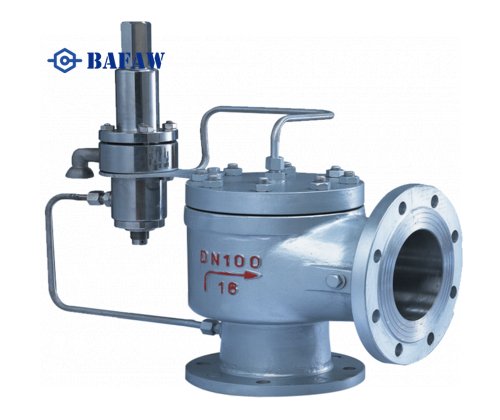
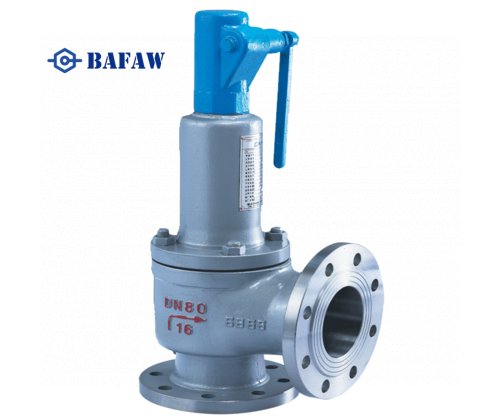
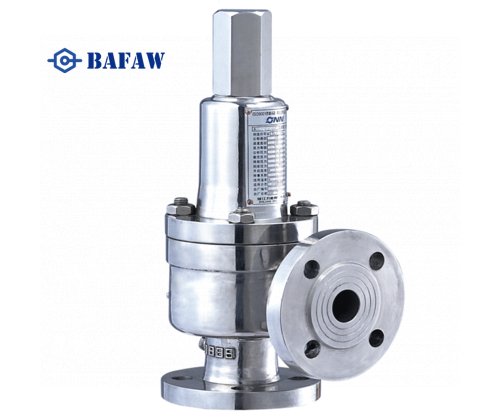
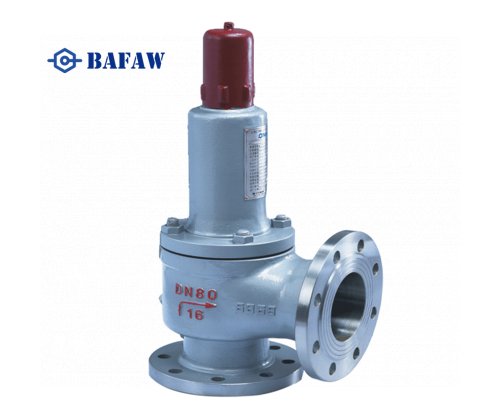
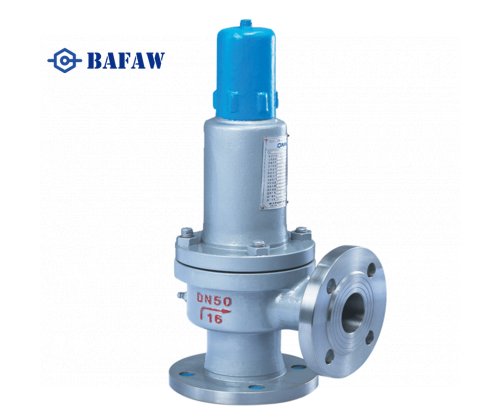
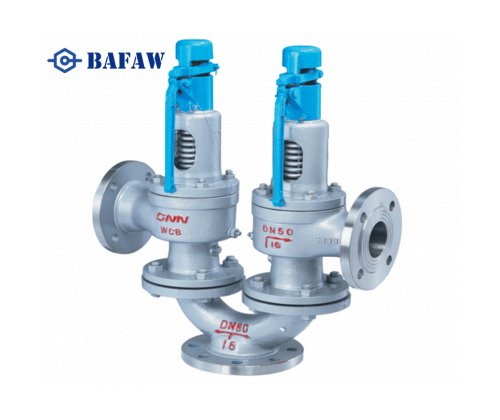
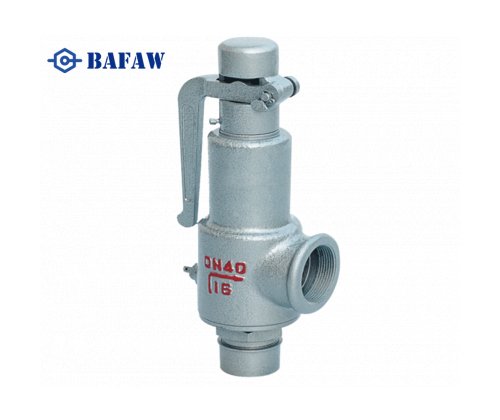
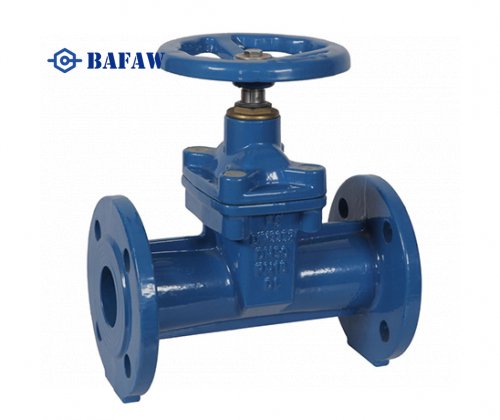
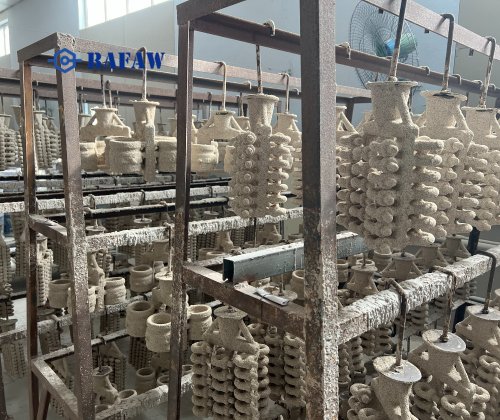
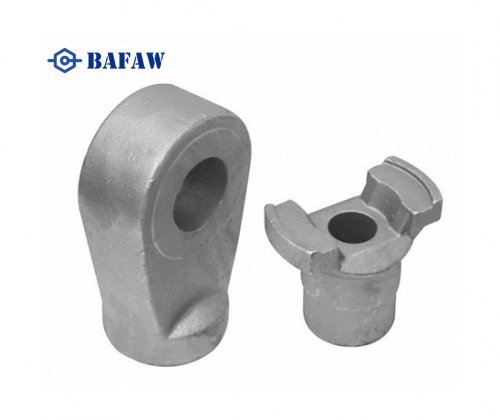
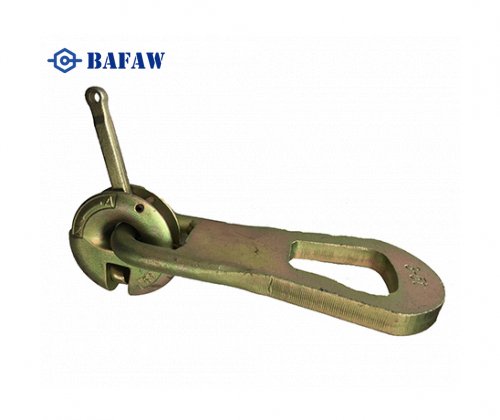
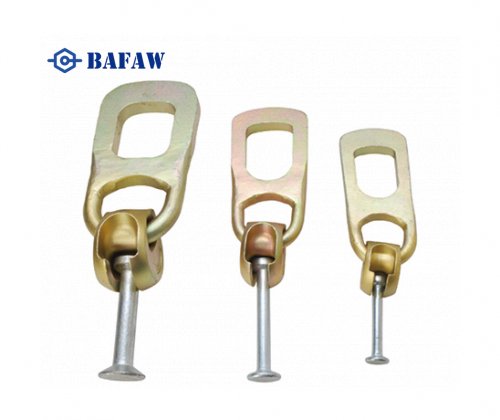
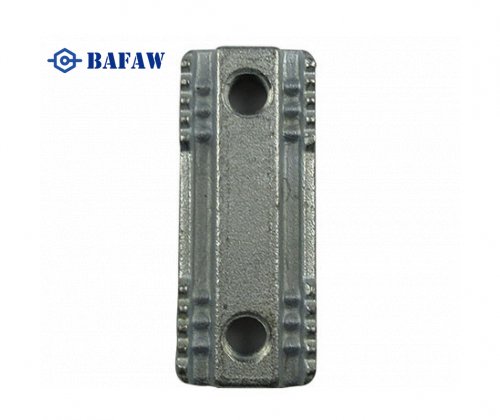
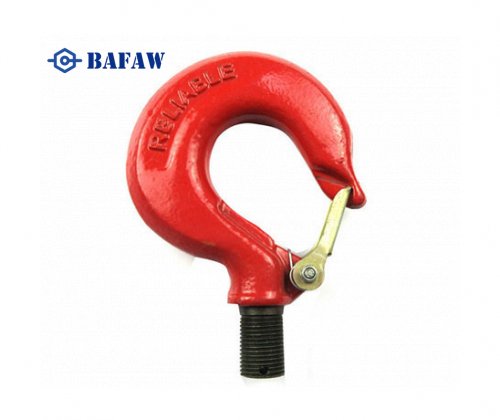
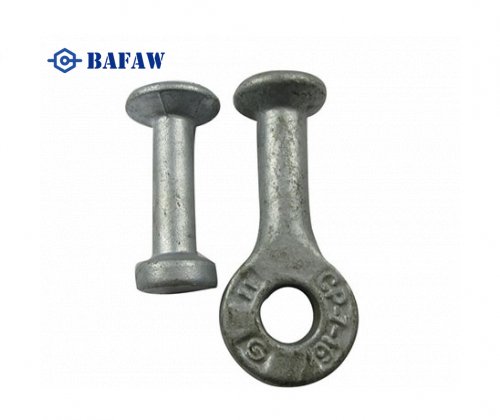
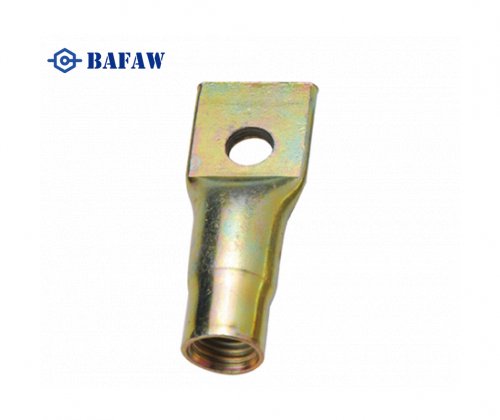
Discover how pressure relief valves protect systems from overpressure. Explore key types, working principles, and ideal applications in industrial settings.
Confused about the difference between PSI, PSIG and PSIA? This article will bring you a quick understanding of the definition of these three pressure units, conversion relationship and industrial applications, to avoid selection errors!
Unlock the secrets of ball valve selection with our expert guide. Learn each type's differences, benefits and ideal applications to make informed decisions for industrial applications.
In the industrial flow control sector, valve parts play a critical role in ensuring the performance, reliability, and longevity of valve assemblies. Whether used in oil & gas, chemical processing, power generation, or water treatment applications, understanding the structure, materials, and manufacturing processes of valve components is essential for both OEMs and end users.
This article delves into the current landscape of the valve manufacturing industry, highlighting the top ten valve manufacturers of 2024 and their contributions to the global market.
There is a wide variety of industrial valves that can be used for different applications and piping systems. There are also many valves used to control the flow of media and they are often referred to as control valves.
Gate valves and butterfly valves are two common types of valves used in industrial piping systems. Each type has its unique characteristics in terms of structure, function, and application areas. This paper will compare gate valves and butterfly valves from several angles, including their structural design, operating principles, sealing performance, fluid control features, installation space needs, maintenance challenges, and application scenarios.
Understanding the differences between globe valves and ball valves can help you choose a worry-free valve for your application, read this article to learn more!
Gate valves are a crucial component in fluid control systems, designed to regulate the flow of various liquids and gases through pipelines. Among the different types of gate valves,knife gate valve, resilient seated gate valves and parallel gate valves play significant roles. This article will delve into the structure, function, and applications of these valves.
In Bafaw 20+ years of experience in valve engineering and fluid system design, we believe that Flow Cv has always been a core concept. It is not just a simple numerical value, but a key indicator of the performance of the whole system. It is an important reference in sizing valves, optimizing system design, preventing potential system damage, and other places.
API, short for American Petroleum Institute, was founded in New York in 1919 and is recognised globally as the standard setter for the oil and gas industry. Since its inception, it has developed more than 700 standards related to operational safety, environmental protection, and sustainability. Its statistics are used by governments, the press and the world at large, and it has a strong international reputation.
Pneumatic is one of the common types of actuators. It is responsive and safe. Check out this post for detailed information about pneumatic actuation systems.
When selecting an actuator for a butt-clamp butterfly valve, you need to understand the characteristics of each type of actuator. Below is a detailed description of the advantages associated with manual, electric, pneumatic and hydraulic actuators:
Valve testing helps to adhere to production regulations and standard requirements to avoid encountering legal risks. It also protects the environment by preventing the leakage of hazardous substances.
Modeling plays a crucial role in predicting the performance of various valve sizes, as each valve possesses unique geometrical properties. To accurately forecast how different valve sizes will perform, an in-depth and comprehensive modeling program is essential.
The effects of cavitation on mechanical equipment mainly include material damage, noise and vibration, and performance degradation. The shock wave generated when the bubble ruptures will produce erosion externally of the equipment, and the long-term effect will cause material damage.
C500 and C509 are largely considered outdated because of their reliance on arbitrary thickness specifications and allowance for leakage. C515, however, take advantage of contemporary engineering methods, delivering enhanced strength, reliability, and consistency, thereby becoming the preferred choice for most utilities.
Butterfly valves are vital in a variety of industrial applications, providing efficient flow control through quarter-turn operation.
Industrial valves are essential components in various industrial applications, playing a critical role in controlling the flow and pressure of fluids and gases within a system. They are used across a wide range of industries, including oil and gas, chemical processing, power generation, and water treatment.
API 600 gate valves are critical devices that control fluid flow, widely applied in petroleum, natural gas, chemical, and other industries. API 600 is a standard that specifies the design, materials, manufacturing, inspection, and testing standards for steel gate valves. The following is a detailed introduction to various aspects of API 600 gate valves.
In industrial piping systems, valves play a crucial role in controlling the flow and pressure of gases and liquids. Various standards and specifications ensure that these valves perform reliably and safely across different applications. Valve standards cover all aspects from material selection and structural design to functional testing to ensure that valves can operate reliably under expected conditions. Here are some common valve standards and their contents:
Valves play a crucial role in controlling the flow of liquids and gases in various systems. Among the different types of valves, gate valves, and ball valves are commonly used in industrial, commercial, and residential settings. Understanding the differences between these two types of valves is essential for selecting the right one for a specific application. This article will delve into the key aspects of gate valves and ball valves, comparing their functionality, applications, and advantages.
Check valves, one-way or non-return valves, are critical components in various fluid systems. They ensure that fluids (liquids or gases) flow in only one direction, preventing reverse flow and protecting system integrity.
A check valve, also known as a non-return valve or one-way valve, is a mechanical device designed to allow the flow of fluid or gas in one direction while preventing backflow in the opposite direction.
Welding lap joint flanges is a crucial process in the assembly of piping systems. It requires precision and adherence to specific techniques to ensure the integrity and reliability of the joints.
The valve is a crucial component in the fields of mechanical and engineering, with its significance and function being multifaceted. Understanding and correctly utilizing valves are paramount across various engineering and application domains.
A butterfly valve is a type of quarter-turn valve that is used to regulate the flow of a fluid (gas, liquid, or powder) through a pipe. It is called a "butterfly" valve because of the wing-like disc that rotates inside the valve body to control the flow.
A non-return valve, also known as a Check Valve, is a type of valve designed to prevent the reverse flow of fluids. Its fundamental working principle relies on the design of the valve disc or valve cover to ensure that fluid is allowed to pass in the normal flow direction but is prevented from flowing back in the reverse direction by closing the valve.
A ball valve is a type of quarter-turn valve that uses a hollow, perforated, and pivoting ball (often known as a floating or trunnion ball) to control the flow of a fluid through it.
Butterfly valves and gate valves are commonly used in pipelines, sharing similarities in appearance and function. However, differences exist. We will now elaborate on the distinctions between butterfly valves and gate valves.
Strictly control quality and eliminate low quality products Testing four steps to ensure product quality:
With the deepening of economic reform, the shopping mall survey report of stainless steel valve in 2018 shows that the stainless steel valve in the shopping mall has made great progress in terms of product quantity quality and market share. The shopping mall of stainless steel valve has a good prospect, and it is speculated that the trend in the next few years will be bigger and stronger.
According to Zhang Guobao, deputy director of the National Development and Reform Commission of Xinhua News Agency, the four major areas will drive the huge demand for large-scale foundry construction.
Discover what a pressure regulator valve is, how it works, and its key applications in fluid control systems. Learn how to choose the right type for your needs.
Discover how pressure relief valves protect systems from overpressure. Explore key types, working principles, and ideal applications in industrial settings.
Learn how gate valves work, their key applications, and step-by-step installation tips to ensure leak-free, long-lasting performance in industrial systems.
Understand the working principle, types and application scenarios of Stop Valve, and grasp the key selection points to help you optimize the fluid control system and improve operational efficiency!
Discover the key types of control valves, how they work, and where they’re used. A simple guide to help you choose the right valve for your industrial application.
This article delves into the current landscape of the valve manufacturing industry, highlighting the top ten valve manufacturers of 2024 and their contributions to the global market.
Valves play a crucial role in controlling the flow of liquids and gases in various systems. Among the different types of valves, gate valves, and ball valves are commonly used in industrial, commercial, and residential settings. Understanding the differences between these two types of valves is essential for selecting the right one for a specific application. This article will delve into the key aspects of gate valves and ball valves, comparing their functionality, applications, and advantages.
In the complex infrastructure of pipeline systems, gate valves stand as stalwart guardians, orchestrating the seamless flow of fluids across industries worldwide.
Its gate, akin to a sturdy sentinel, moves up and down to control the flow of fluids. This fundamental design lends itself to diverse applications, making gate valves indispensable in various industrial settings.
Check valves have widespread applications in the petroleum and natural gas industry, primarily used in pipeline systems, wellhead equipment, and other critical locations to prevent fluid backflow, protect equipment, and ensure the reliable operation of systems.
Environmental protection and new technology applications accelerate the transformation and upgrading of the foundry industry, and intelligent upgrading is the primary task. In order to help the transformation and upgrading of China's foundry industry, build a comprehensive service platform for the industry, the “2018 China Foundry Industry Exhibition”, which will be built by the Foundry Industry Productivity Promotion Center and the Founding Branch of China Mechanical Engineering Society, will be held on November 15-17, 2018. Held at the Suzhou International Expo Center.
API 600 gate valves are critical devices that control fluid flow, widely applied in petroleum, natural gas, chemical, and other industries. API 600 is a standard that specifies the design, materials, manufacturing, inspection, and testing standards for steel gate valves. The following is a detailed introduction to various aspects of API 600 gate valves.
S-bend pipes, often referred to simply as S-bends, are crucial components in piping systems, facilitating the redirection of fluid flow while ensuring efficient operation. S-bend pipes derive their name from their distinctive "S" shape, resembling the letter in appearance.
Gate valves are essential components in various industries, playing a crucial role in regulating the flow of liquids and gases. However, like any mechanical device, they are susceptible to malfunctions and problems.
Welding lap joint flanges is a crucial process in the assembly of piping systems. It requires precision and adherence to specific techniques to ensure the integrity and reliability of the joints.